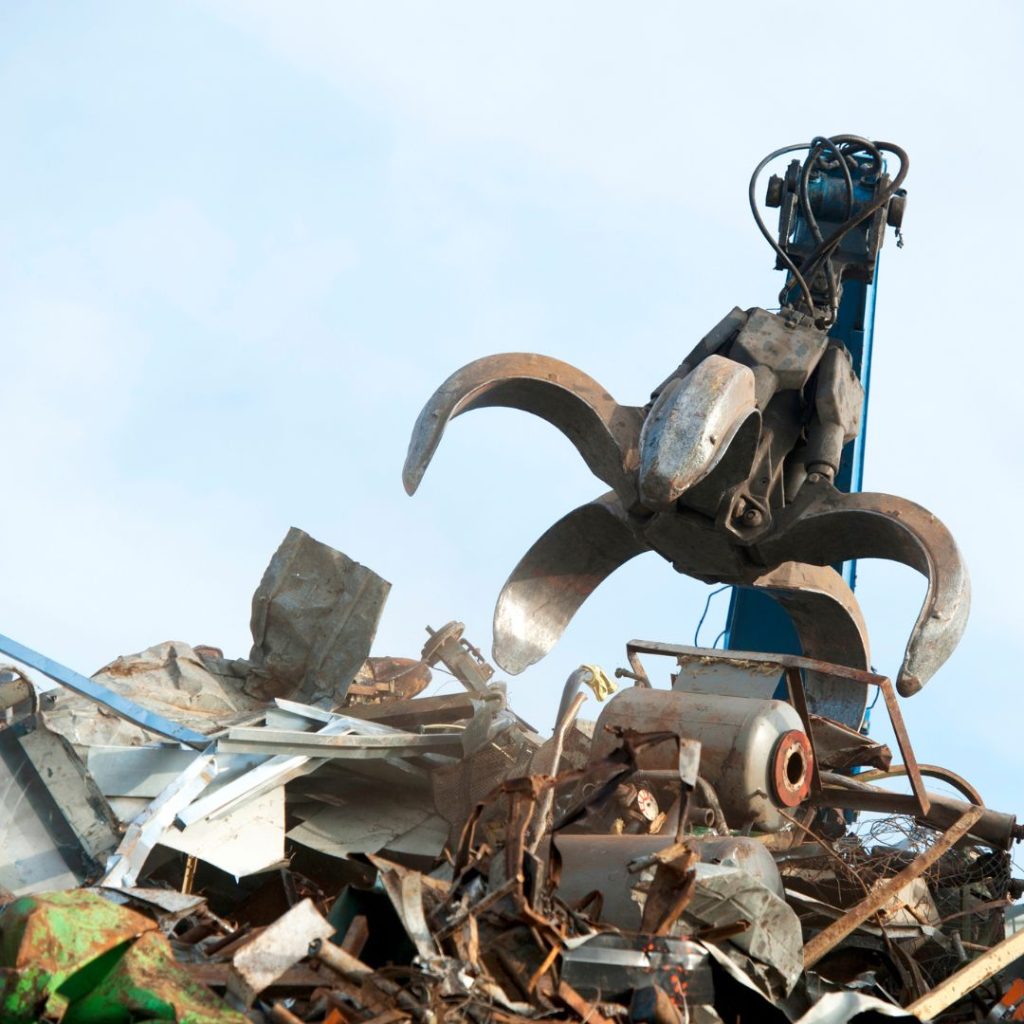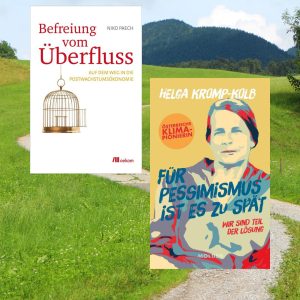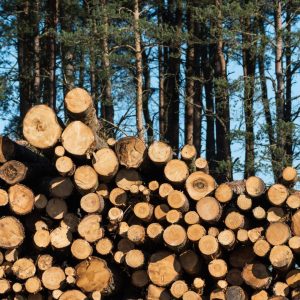Urgent need to decarbonize iron and steel in the race to Net Zero

The global iron and steel industry must be decarbonized as part of the race to achieve net zero emissions, warns the Global Recycling Foundation (GRF). To mark World Recycling Day on March 18, the GRF has called on policymakers to adopt laws and technologies to make the sector greener and more circular worldwide.
The iron and steel industry is the largest consumer of coal in the world, the largest emitter of CO2 and the second largest consumer of energy among heavy industries. It is responsible for 7-9% of global carbon dioxide emissions, which is more than the emissions from all road freight transportation.
Global demand for steel has tripled since 1970 and will increase by more than a third by 2050. Much of this demand will come from the production of wind turbines and solar panels, hydroelectric dams and electric cars, buses and trains that the world needs to reach net zero, according to the Bureau of International Recycling (BIR).
Big challenge
Founding President of the GRF, Ranjit Baxi, said: "This is a huge challenge. But it also offers a huge opportunity to put the global value chain in the iron and steel industry on a more sustainable path."
Mr. Baxi emphasized: "Our call aligns with COP28's ambition to accelerate the energy transition when it unveiled the Global Decarbonization Accelerator (GDA), a series of ground-breaking initiatives to accelerate the energy transition and drastically reduce global emissions. As the President of COP28, H.E. Dr. Sultan Al Jaber, said, the GDA is engaging more countries and companies from more sectors than ever before to achieve the 1.5C target."
Massive expansion of renewable energies and recycling
Bureau of International Recycling (BIR) President Susie Burrage added: "To decarbonize the iron and steel industry, we need green hydrogen, carbon capture and storage (CCS) and electric arc furnaces (EAF). We need to use steel less wastefully, recycle much more and make renewable energy cheaper for steel producers, users and reusers. These things will not happen by themselves, but require a combination of innovation and the right legislation and incentives."
Interesting facts and figures about steel
- Use of steel:
According to Statistia, in 2022 there were
-
- 52 % of steel for buildings and infrastructure,
- 16 % for mechanical equipment and
- 12 % is used for automotive products.
- Use of scrap
According to Worldsteel, every ton of scrap used for steel production avoids 1.5 tons of CO2 emissions and the consumption of 1.4 tons of iron ore.
- Use of EAF technology (electric arc furnaces)
According to the Global Energy Monitor, 43% of planned steel production capacity in 2023 will be based on EAF technology. The International Energy Agency's Net Zero by 2050 scenario envisages that 53% of steel production capacity will be based on EAF technology by 2050.
- Electrification by region
Steel production is the most electrified sector
-
- in the Middle East, where 95% of steel production capacity is based on electric steel mills.
- In the USA, the figure is 70%.
- In India, the second largest steel producer in the world, over 54% of steel is produced in electric steel plants.
- In the EU, the figure is 44%.
- JFE Steel in Japan will commission one of the largest electric steel plants in the world by 2027. It is expected to produce 2 million tons of steel annually and reduce CO2 emissions by 2.6 million tons per year. It will import processed iron ore, known as reduced iron, from the United Arab Emirates, which is produced using natural gas and CCS.
- The EU End-of-Life Vehicles Directive
It stipulates a minimum proportion of recycled metal in new vehicles. The CBAM mechanism (Carbon Border Adjustment Mechanism) could be expanded to reduce the integrated carbon content of imported vehicles.
- In the UK, Zero Waste Scotland is proposing to use scrap steel from decommissioned oil and gas wells to supply wind turbine manufacturers. Almost 20,000 tons of recycled steel have been used for the UK's HS2 high-speed rail line over the past two years.
BIR report on steel and recycling






